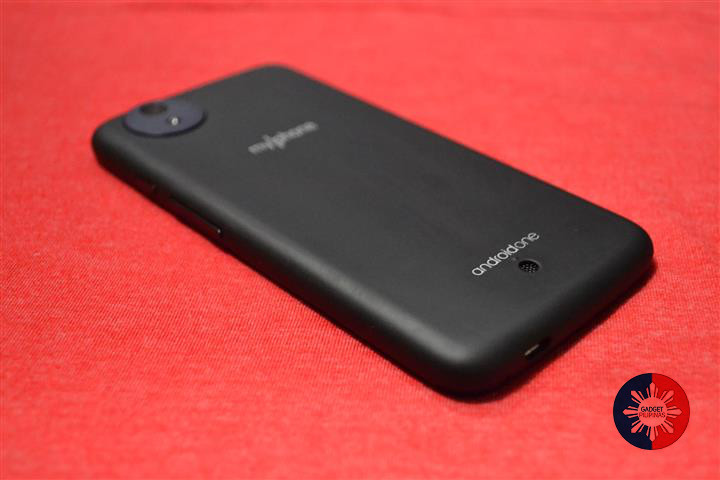
Ed: We will be adding camera sample photos and OS screenshots later.
“Finally, something that’s actually new for a change,” I thought to myself when I first handled the new MyPhone Uno. It’s a new Android smartphone, representing one half of the first Android One package delivered by Google itself to the citizens of the Philippines. Affordable, decent-quality handsets with the latest Android software have always been a thing. What makes the MyPhone Uno any different?
In two words, official support. Google will be delivering timely software updates to phones like the MyPhone Uno for at least a couple of years, bringing it up to speed in terms of the latest Android features, Android apps, and more. This is markedly different from the way local phone companies operate, where when a phone model is released, it is then forgotten and simply replaced by a newer iteration instead of being updated.
But of course, that’s not all. The MyPhone Uno isn’t the first Android phone to break the 5k price point. So what else does it bring to the table that will make you consider it over other local choices?
Design and build quality
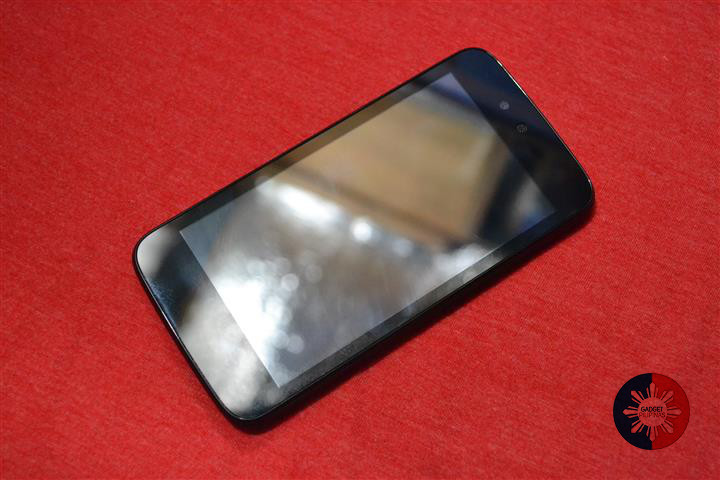
Let’s start by talking about the phone’s design. It has an easily distinguishable outward appearance that features a glass front and a matte plastic back. It comes with only three hardware buttons, while the menu buttons are all virtual keys on the display. So its front is bare except for the earpiece and front-facing camera, while the top and bottom parts are adorned with the 3.5mm headphone jack and the micro USB port, respectively.
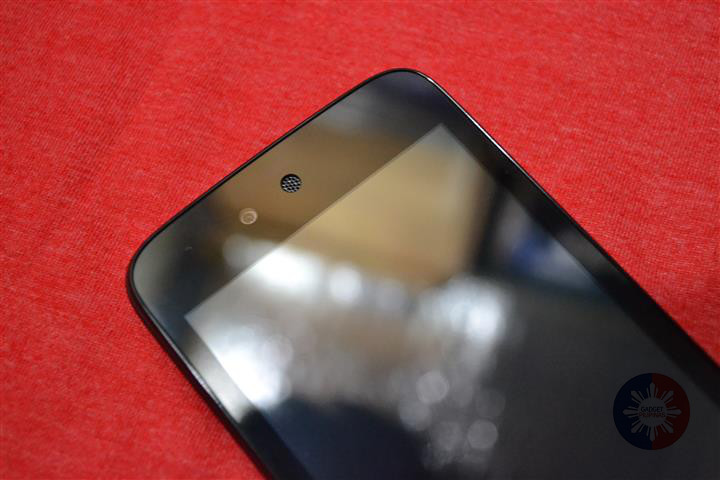
In terms of materials, the MyPhone Uno does nothing extravagant or ridiculous that will grab anyone’s attention. The closest thing to an ornament on this phone is the circular camera and flash compartment at the back, which protrudes a tiny bit out of the removable plastic back cover.
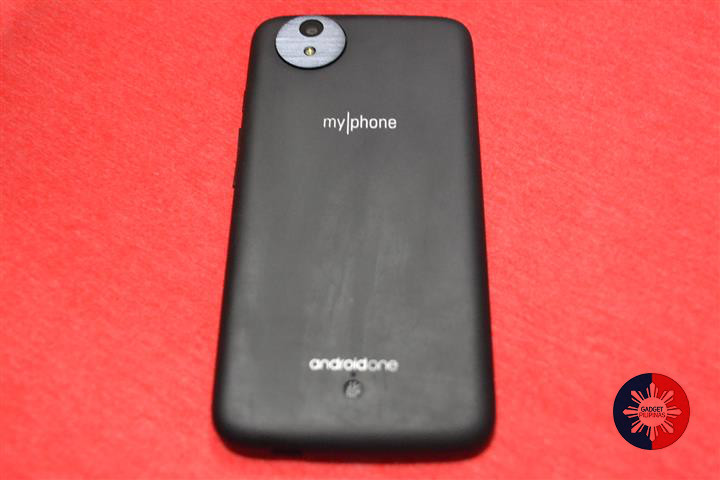
It can be said that the MyPhone Uno relies on the simplest of materials to achieve a no-frills overall look. branding is only present at two points in the back; the Android One logo is printed across the bottom, right above the speaker grill, while the familiar MyPhone logo can be found near the top, somewhere near the camera.
We have no complaints about the phone’s design. We only wish that they could have made both the screen and the back cover a bit more durable.
You see, you won’t get much in terms of protection for the phone’s body right out of the box. The screen doesn’t have scratch-resistant glass on it and the back easily acquires fingerprint smudges. But last I checked, there are already jelly cases available for the phone, so you can look into those for some aftermarket protection. It’ll cost you, though.
Display, speakers, and camera
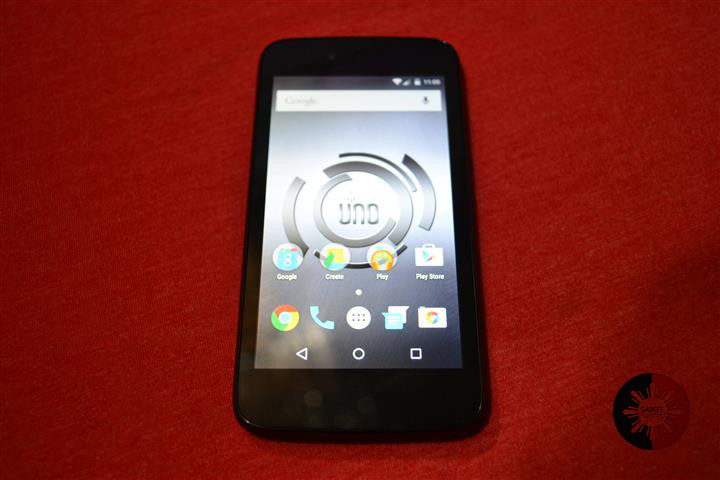
The 4.5-inch screen of the MyPhone Uno offers a resolution of only 480×854 pixels (or qHD, FWVGA for you nerds out there), and it’s nothing to write home about. Icons as well as text appear somewhat large even if you use the Small option for text in the Settings. This doesn’t have a dire effect on usage at first glance, but as you get deeper into the app and menu screens, that’s when you’ll notice the screen’s limitations.
On the bright side, the IPS panel used on the performs well even under direct sunlight. You just have to remember to set it to auto brightness and you won’t ever have to worry about not seeing the screen ever again. Apart from the brightness, the viewing angles are also excellent. That’s to be expected out of an IPS screen, of course, but it’s still pleasant to be able to confirm.
As for audio, it’s basically the same story: it’s not as great as we would have liked, but there aren’t really any issues with it. The Uno has a built-in speaker, a regular headphone port, and support for Bluetooth wireless headphones and other accessories. In short, it will be able to cover all of your audio needs. It even has FM radio support.
Sound quality out of the speaker is no better than that on any other average Android phone. However, we noticed that audio from the headphones tended to sound a bit muffled at stock. We tried the bundled earphones as well as our own, which we use for dedicated music listening. Treble just seemed too high at the default audio configuration. If you are familiar with equalizers, you just might be able to make things sound better.
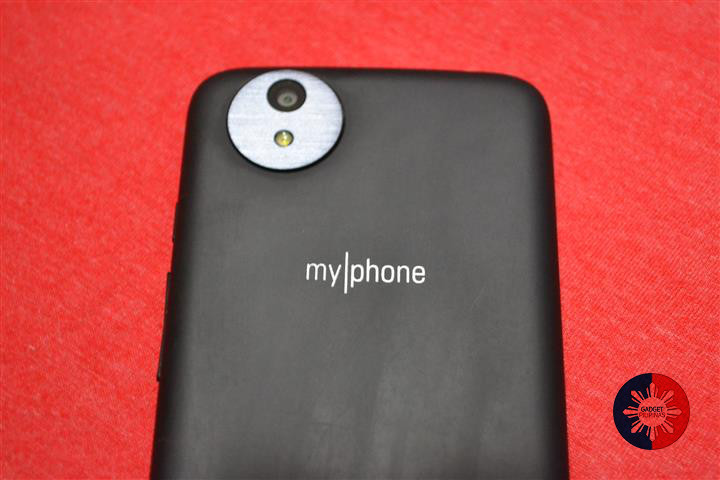
The Uno comes with two cameras: 5MP at the back, and 2MP in front. Both managed to turn in acceptable performance especially in well-lit locations. What we didn’t expect was that even the front camera would work well indoors.
There’s a fair amount of noise in front camera photos, and not a lot of sharpness, but they turn out bright and show the usefulness of the Uno for taking candid selfies. The rear camera, of course, is much better for taking photos. It’s not exactly a digicam replacement, but for regular day-to-day cameraphone shots, it will definitely not disappoint.
It’s worth noting here that there’s a minor issue with the Uno when it comes to flash photography. The rear camera flash is quite powerful, and the result is that if you take photos of subjects less than 5 feet away, the flash will just end up shining too brightly on it and you won’t be able to capture anything but a yellowish flash on the screen. Otherwise, it can be used just fine for landscape photography and no-flash photography.
Software and apps
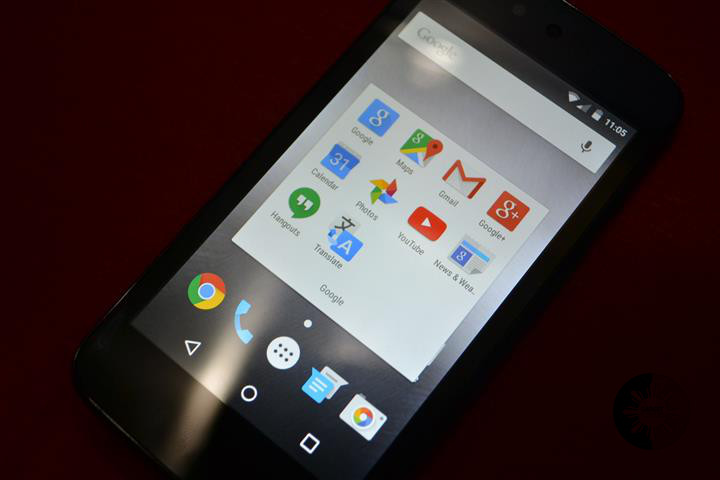
Like all Android phones, the Uno comes with a number of pre-installed apps. However, instead of the usual default Android apps that you’re probably already familiar with, it has Google apps pre-installed. Apps like Chrome, Google Camera, and Google Play Music are all available for you to use right out of the box.
The MyPhone Uno also has the following third-party apps pre-installed: Facebook, twitter, and instagram. Otherwise, it lets the user decide what other apps to download and install, mainly with the use of the Play Store, of course.
Google clearly wants users to start relying on its own apps and services more with the latest version of Android, as regular apps like Gallery, Calendar, Music, and Camera have been removed and replaced with Google-branded alternatives. To view photos and videos, you need to use the Google Photos app. And to play music, you need to use the Google Play Music app. You can’t even access local files through a simple File Manager anymore. For that, you’ll need to use Google Drive.
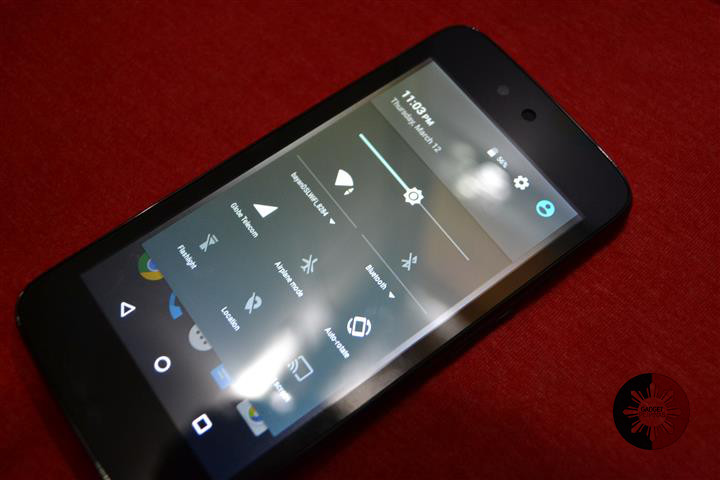
Basically, using the Uno will give you a chance to become more familiar with Google services. If you are already using these, then that’s great. But if you prefer not to use them, then you can download and install the apps you prefer.
Internal storage on the Uno is a bit limited, but luckily there’s a free 8GB microSD card in the retail package. It turns out that you actually need to use a microSD, though, since computers aren’t able to detect the Uno as a removable flash storage drive. When we tried connecting the Uno to our Windows PC via USB, we only managed to access the microSD card storage.
Battery life
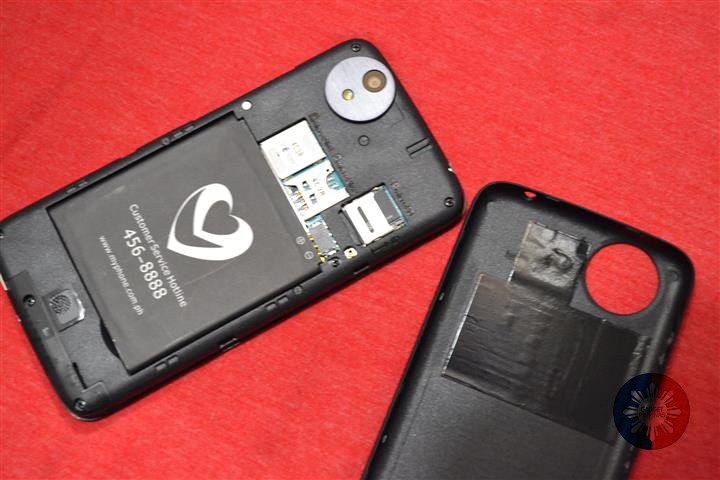
Now on the subject of battery life, here’s where the MyPhone Uno shines. Android 5.1 Lollipop really does a great job of making the most out of the standard battery. We managed to squeeze out about 2 days worth of normal use with the Uno, doing a fair amount of text messaging and phone calls while staying online via Wi-Fi all day long and constantly downloading emails and various app notifications.
The thing about the Uno is that it has a battery saver feature that you can activate as soon as the phone goes below 15% of battery charge. With this, you can further extend the battery life by about 2-3 hours. We found this to be enough time for a ride home from school or work. In other words, you will definitely be able to make it through a full day outdoors with the MyPhone Uno on a single charge.
Verdict
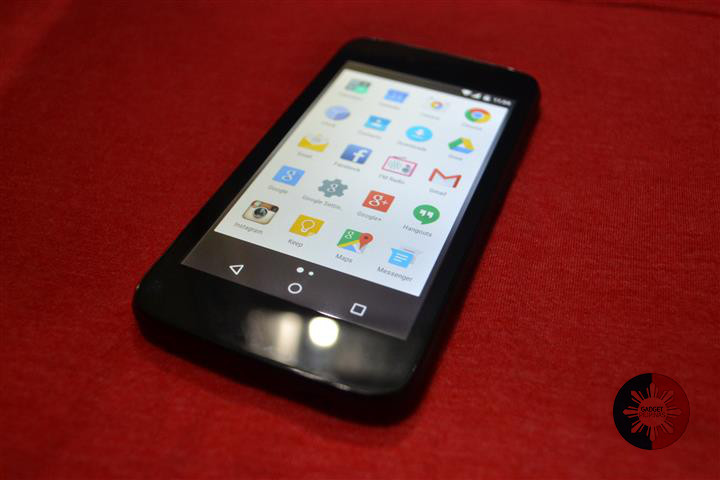
If you’re reading this, there’s a good chance that you’re interested but still on the fence about buying yourself a MyPhone Uno. So I’ll be honest: it’s a great phone. It’s something new that works really well and comes at a reasonable price point. Is there a reason for you to not consider buying it?
Well, if you wouldn’t mind sitting on a soon-to-be obsolete version of Android (read: KitKat) for a few years, then yes, you can set your sights elsewhere. But if you want to experience Lollipop firsthand, and also go along for the ride as Google issues software updates down the line, the MyPhone Uno is your ticket.
True, there’s a less expensive Android One phone out now in the form of the Cherry Mobile One, but the Uno makes up for the difference with its distinguishing design and material choices. If the extra 500 Pesos the Uno costs is no problem for you, then it’s worth getting for sure.




